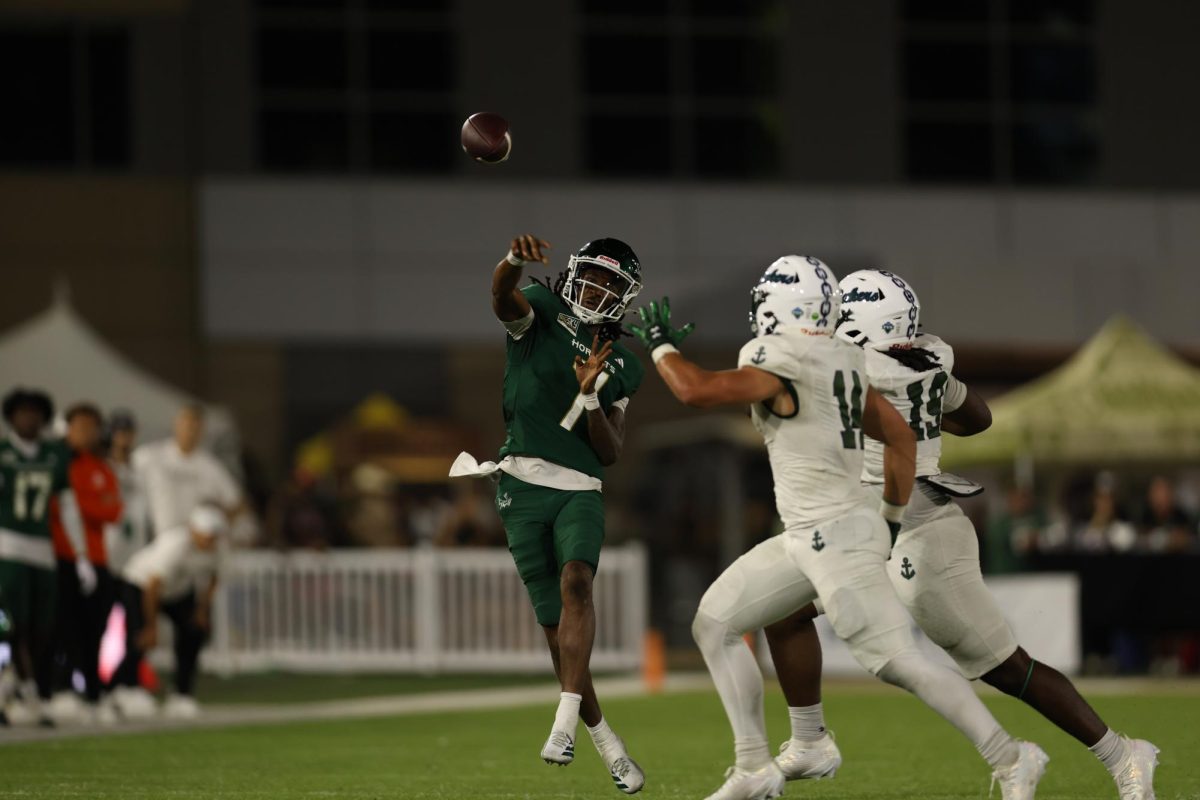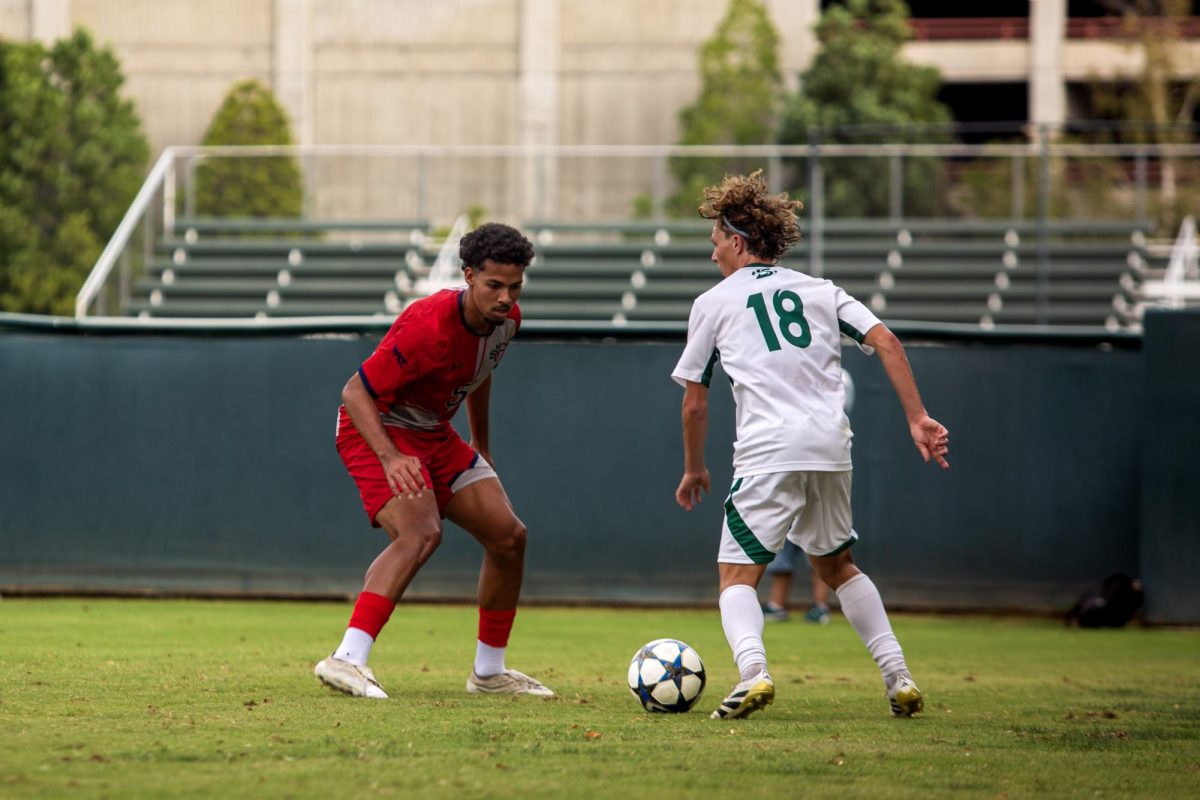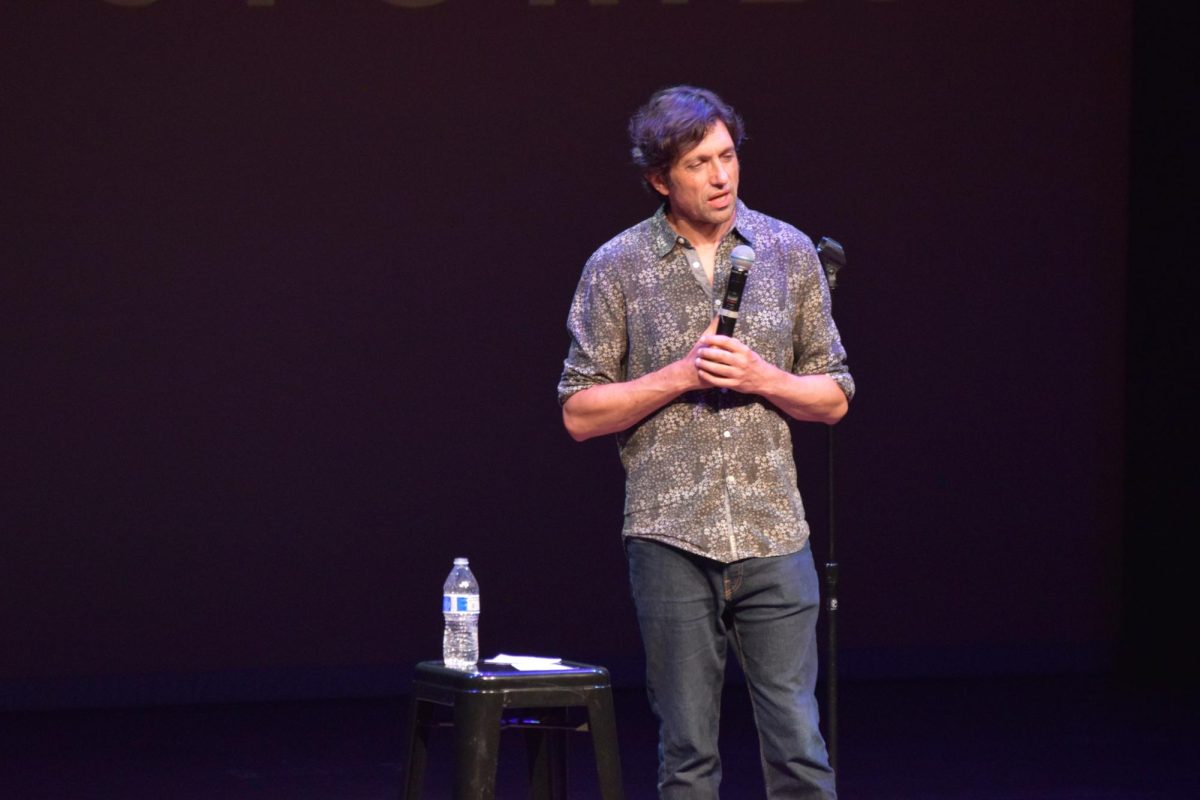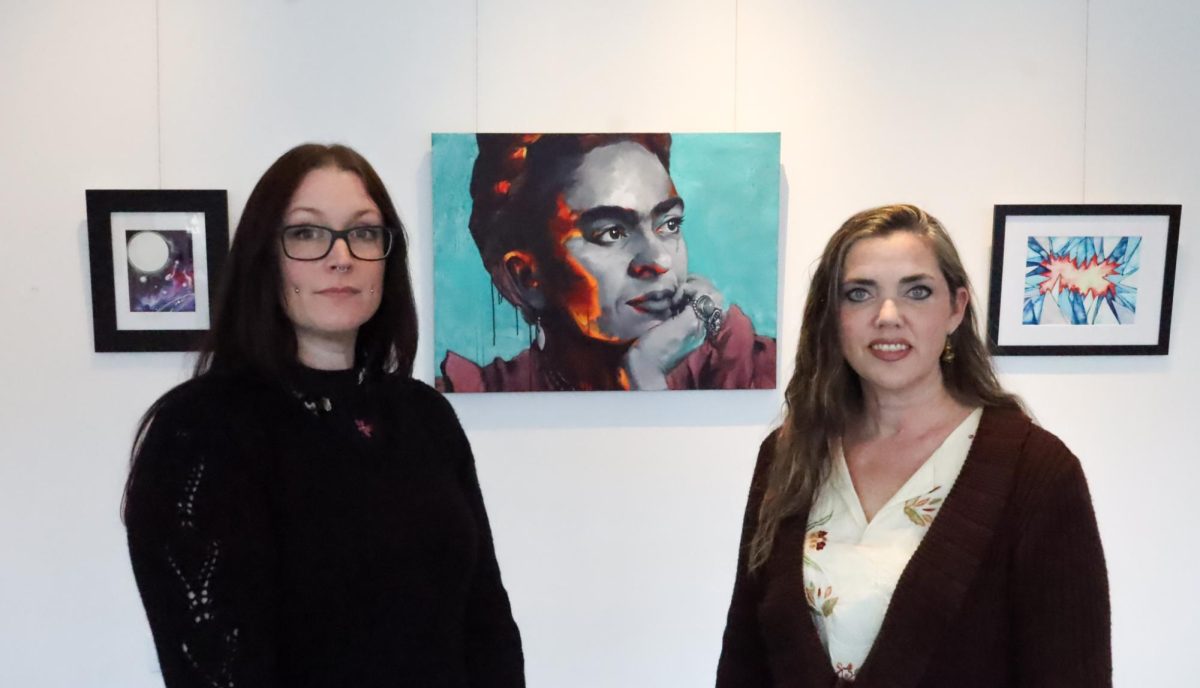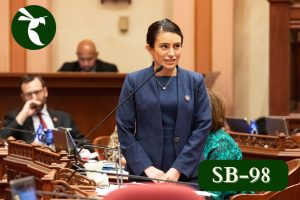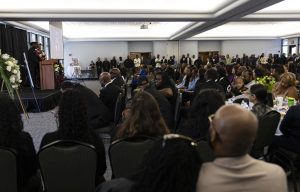‘Food Day’ teaches Sac State students how to eat better
October 25, 2012
Sacramento State hosted Food Day, a day to educate students on better food choices, Wednesday.
Family and consumers science professor Lynn Hanna and economics professor Kristen Kiesel and collaborated with national Food Day representatives to bring the event on campus.
Sacramento Natural Foods Co-op held a cooking demonstration on Tuesday at the Cove in the Well cooked a quinoa salad that contained cranberries and cashews.
The Well’s resident dietitian Shauna Schultz and a nutrition peer educator also held another cooking demonstration at the Cove. They prepared a low fat Hispanic and Portuguese pastry called pastel and a spinach smoothie.
“I call (the smoothie) Green Alligator because it has kiwi and spinach in it, which makes it really green,” said Schultz. “I have a 4-year-old (daughter) and that was the way I could get her to eat spinach. I work with a lot of college students who don’t like vegetables, so it is an easy way to stick veggies into your diet.”
Food Day held a panel on sustainable and healthy foods presented by the environmental department with Soil Born Farms and Harvest representative Randy Stannard in Terrace Room.
While panels were occurring, the Food and Nutrition Club held its Nutrition Jamboree in the Library Quad. The group gave out free bananas and 8-ounce cups of hot chocolate for 50 cents.
Three preschool classes from the Children’s Center also attended kitchen demonstrations from at the Well to learn about whole food versus processed foods.
“The (preschoolers took) interactive cooking classes and (learned) a little nutrition along the way,” Schultz said. “They (made) rainbow whole-wheat wraps (and chose) a bunch of fruits and vegetables to (put into the wrap).”
Food Day organizers also showed two documentaries, “The Harvest” and “Flow”.
In “The Harvest,” the audience witnessed children from migrant families, who began harvesting crops at age 10 or younger, working 14 hour days each week.
In the documentary “Flow,” viewers saw who has control over water, where water comes from, who profits from water, what choices individuals in the United States make on water, and what options, pertaining to water, people in the world have
Also during Food Day, student organizations presented their projects and faculty members discussed their research, such as lunch programs in elementary schools.
“Believe or not, the food industry markets just to kids because at different developmental stages, you have different abilities to differentiate truth from fiction or reason from conclusion,” Hanna said. “A lot of times, what is marketed to children is not healthy for them, but presented in a way that is very attractive to them such as (the cartoon bunny) from Trixx cereal.”
Similar to kitchen demonstrations held today, sophomore dietetics major and Food And Nutrition Club secretary Valerie Turner took part in the club’s kitchen demonstration.
The club prepared three healthy recipes: whole grain vegetarian pesto pasta with olive oil, tomatoes and garlic; vegetarian flatbread with marinara sauce, parmesan cheese and spinach; and black bean brownies.
Black bean brownies, which contained black beans, eggs and sugar – is a great dessert for iron-deficient people.
“I watched the Food Network years ago and this lady said she had a new recipe – black bean brownies and the secret ingredient turned out to be black beans,” Turner said. “Since I am borderline anemic, I try to incorporate new ways to add additional iron to food.”
The main point of this day was to create awareness on how to eat healthy, who grows your food and what happens along the way to people producing your food.
“You can watch movies, you can go to discussions and at the end of the day, you can collect information if you want to get involved,” Kiesel said. “Then we let everyone go home and have a healthy meal.”
Kiran Kaur can be reached at [email protected]

















































